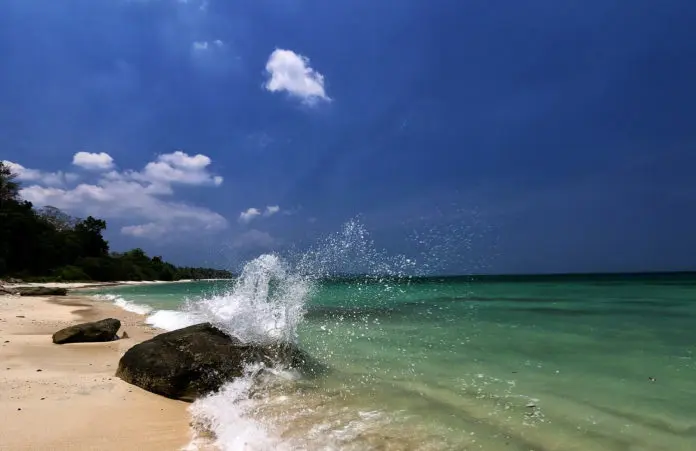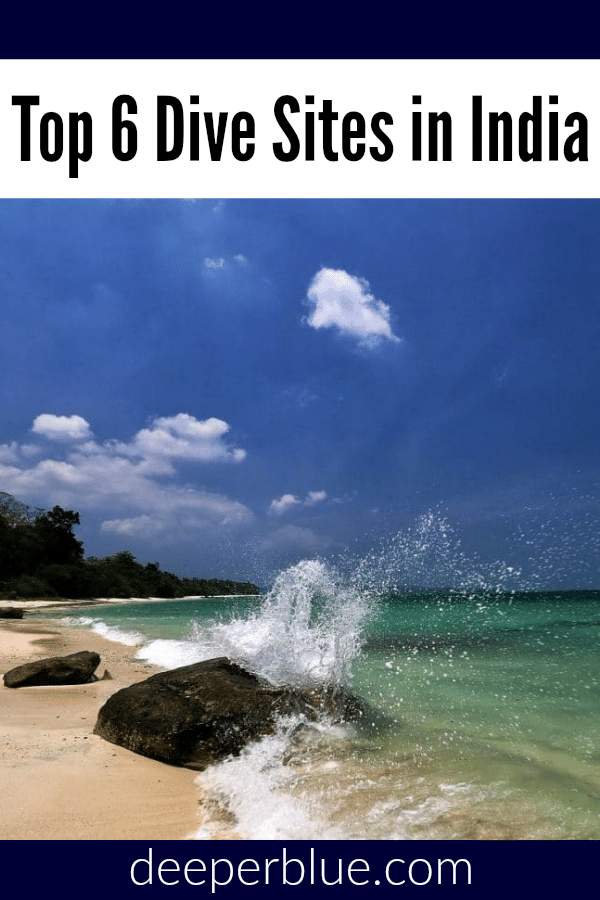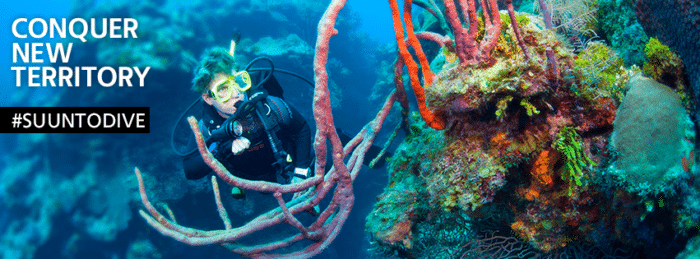India has something for every diver; with many different types of dive, abundant marine life, and unique underwater landscapes. Divers can explore the mainland dive sites off Goa and Pondicherry or venture into the Andaman and Arabian seas for remote island adventures.
Location
Where To Dive in India
Both Goa on the west coast and Pondicherry on the east coast of India have plenty of dive sites to choose from, including a number of unexplored and peaceful wreck and reef dives. India’s more remote dive areas, such as the Andaman and Nicobar Islands and the Lakshadweep archipelago, are best explored by India liveaboard diving.
Top Dive Sites of India
The Andaman Islands, sitting between India and Thailand, are made up of hundreds of small islands. The islands are the main diving destination in India and are home to white sand beaches and tropical forests. They are mostly uninhabited but North Sentinel Island is home to the Sentinelese; one of the last people to remain untouched by modern civilization. This quiet region has remained relatively untouched thanks to its isolated location and offers diverse dive sites.
Havelock Island
Havelock Island is one of the top diving locations in the Andamans and has a number of dive sites to explore.
Dixon’s Pinnacle: This popular dive site is aptly named for its three huge rock pinnacles, covered in colorful hard and soft corals. It has an abundance of marine life, including giant groupers, manta rays, trevallies, and Emperor Angelfish. It is also home to green turtles, Napoleon wrasse, titan triggerfish, and more. The average dive depth is 18 meters, with the pinnacles reaching up to 15 meters below the surface. It is a dive site not to be missed.
Johnny’s Gorge: This deep dive is well suited to advanced divers and consists of two areas of coral reef separated by a gorge. It has some great swim-throughs and dolphins are often spotted at Johnny’s Gorge. The area is well-known for reef sharks, groupers, eagle rays, manta rays, and giant barrel sponges. Some of the sponges at this dive site are thought to be over 1200 years old.
Jackson’s Bar is a deep drift dive, also well suited to advanced divers, and is good for seeing sharks, eagle rays, and manta rays. Elephant Island near Havelock Island has dive sites and was best known for the chance to swim with Rajan, the resident elephant.
Narcondam and Barren Islands
The volcanic Narcondam and Barren Islands in the Andamans are designated as wildlife sanctuaries and have spectacular diving.
Ooh La La & Lighthouse Reef: These two dive sites are typical of Narcondam’s dive landscapes and have rocky ridges and steep slopes. The currents can be strong and marine life includes Napoleon wrasse, parrotfish, manta rays, reef sharks, large barrel sponges, and gorgonian sea fans.
Purple Haze: This dive site at Barren Island has a submerged cave, coral-covered boulders and a wall covered in Gorgonians. The highlight, which is true to the dive site name, is a 50-meter area covered in soft purple corals. This site is visited by manta rays, white tip reef sharks, and blue marlin, and has dive depths of 8 to 30 meters plus.
Black Magic: An unusual dive site at Barren Island, it consists of a ridge of black sand and a vibrant coral reef with purple soft corals and encrusting sponges. The site has numerous garden eels and sand divers, a type of lizardfish. The male sand divers are known for their colorful territorial displays above the black sands. Whale sharks and manta rays can occasionally be seen at this site.
When To Go
The peak dive season for the Andaman Islands and Goa is October/November to May. In contrast to this, Lakshadweep is best dived May to November, whilst Pondicherry’s dive season is January to June and September to November. The water temperature is a balmy 27 to 30 degrees Celsius.
Tips For Travellers
It is best to bring spare dive kit when visiting the islands, as these areas have fewer facilities for tourists than other destinations. Mosquito repellent and long clothing are also useful.
Visitors need to obtain a visa for India before traveling, which can be done online. It is advisable to do this well in advance as processing times can be long.
Port Blair is the main departure point for liveaboard safaris in India and can be reached by flying from Delhi, Kolkata, and Chennai airports. Be sure to book well in advance as the flights are often very busy.
Brought To You By
This guide is brought to you by Suunto. We recommend that you use a Suunto Dive Computer when diving one of these dive sites. Suunto is the world’s leading dive computer designer and manufacturer providing diving instruments for recreational, technical and freediving. You can find out more at Suunto.com.



